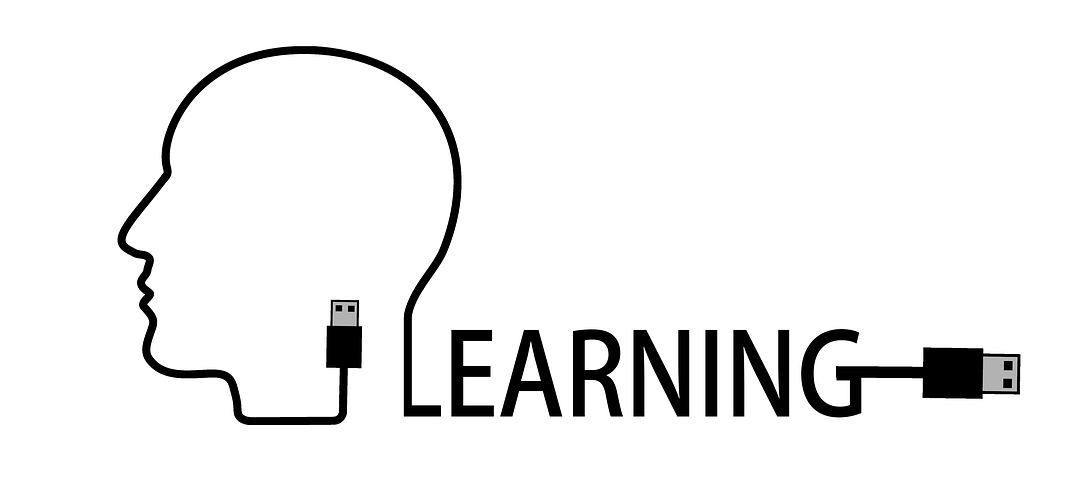According to Jeannette M. Wing, “Computational thinking involves solving problems, designing systems, and understanding human behavior, by drawing on the concepts fundamental to computer science. Computational thinking includes a range of mental tools that reflect the breadth of the field of computer science.” In other words, computational thinking focuses on problem-solving skills and trial and error exploration.
Therefore, you need to understand what computational thinking is – and what it is not. Often, people confuse “computational thinking” with coding and programming. While coding requires computational thinking, advocates believe that computational thinking can even be done without a computer.
As International Society for Technology in Education (ISTE) explains, “Once educators recognize that computational thinking is not confined to the specific study of computers but is a skill to enhance deeper thinking and discovery, it becomes a catalyst for exploration, the vehicle of curiosity.”
